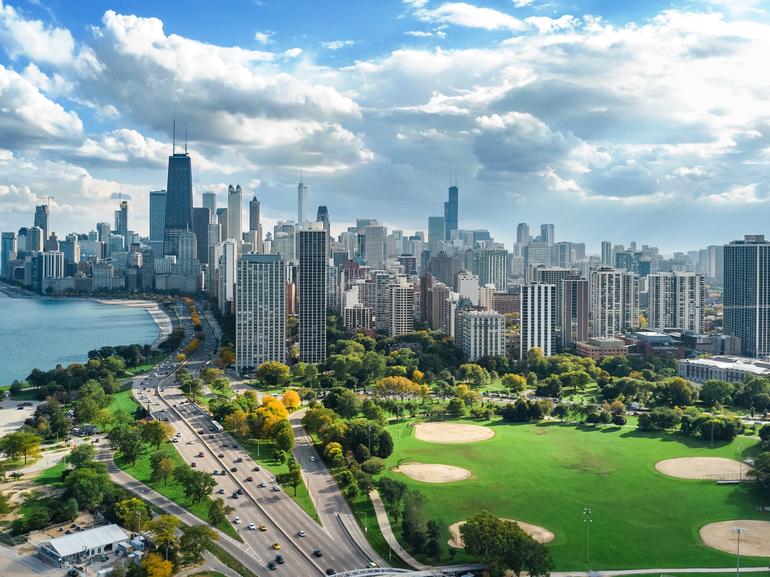Rent Increases Attract Multifamily Investors to Chicago and Support Sales Volume
Q4 2024

The Chicago multifamily market posted outsized rent gains in 2024, even as the local vacancy rate inched higher. Renter demand is being supported by a return-to-work climate, particularly in the higher-end submarkets in and around Downtown. Improving operating conditions in these submarkets have fueled the overall market performance, even during a period where new supply growth has been elevated and the market recorded minimal job losses in 2024. Area vacancy closed 2024 at 5.5 percent, just 30 basis points higher than one year earlier. Vacancy trends have been mostly steady, with the rate ranging between 4.7 percent and 5.5 percent during the past three years. Projects totaling approximately 7,100 units came online in 2024, pushing completions to a five-year high. Still, annual totals are modest relative to the overall size of the rental market and are lower than the annual completion totals recorded from 2017 to 2019 when between 8,000 and 10,000 units were coming online annually.
Steady occupancy conditions and a healthy rise in rents boosted investor sentiment in the Chicago multifamily market in the second half of 2024, leading to an acceleration in property sales and another annual rise in per-unit prices. The median price in 2024 was $250,000 per unit, up 6 percent from 2023. This trend continued in the fourth quarter, when the median price topped $260,000 per unit, with several Class A and Class B properties trading at more than $300,000 per unit. Downtown Chicago and the North Lakefront area led the market in recent transaction volume, and newer properties in these submarkets generally commanded some of the higher prices in the market at the end of 2024.
Looking ahead
The Chicago multifamily market is projected to post similarly strong performance in 2025 as it did in 2024. An easing pace of new development and an improving job market should support a modest vacancy decline and allow for additional rent increases. This year, developers are on pace to deliver the lowest annual total of new apartments in more than a decade in Chicago, following back-to-back years where deliveries were above the market’s long-term trend. Some submarkets should continue to post both improving rents and tightening vacancies, like The Loop submarket, Rogers Park/Uptown, and Oak Park. While the number of units that are currently under construction has declined, multifamily permitting picked up during the past year which may lead to an uptick in deliveries in the coming years.
The healthy operational performance being recorded across the Chicago multifamily market is expected to attract investors in 2025, continuing the upward trend in activity that started during the second half of 2024. With rents continuing to rise and absorption remaining strong there will be room for many properties to demonstrate income upside within the first year of ownership. Cooling construction levels will also give the market time to stabilize and give investors a clearer picture of how the market is performing. The majority of sales that took place during 2024 in Downtown Chicago, the city’s most active submarket, were Class A properties, a trend that should continue in 2025. While the top-tier fueled activity last year, Class B and Class C assets may attract greater attention in 2025 as tight vacancy conditions in lower-tier assets could open up room for rent growth.
Learn more
Contact our Chicago office for more information.
Insights
Research to help you make knowledgeable investment decisions
